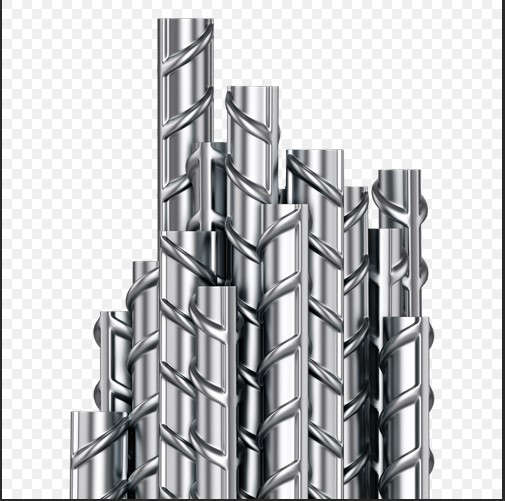
The Facts About Molds in Indoor Environments with Help from Kleen Green Group Water Damage Restoration & Repair owner Brent Pippin
The Facts About Molds in Indoor Environments
Mold, a type of fungus, is a common presence both indoors and outdoors. However, it requires specific conditions to thrive, including moderate temperatures, nutrients, and moisture. When these conditions are met, mold can start to grow on interior surfaces and furnishings, potentially causing damage and health issues for those exposed. To shed light on this issue, we spoke with Brent Pippin, owner of Kleen Green Group Water Damage Restoration & Repair in Branson, MO, who is an expert in mold remediation and prevention.
Understanding Mold Growth
Mold growth necessitates three key elements: moderate temperatures, nutrients (such as organic materials), and moisture. Brent Pippin emphasizes that mold is opportunistic; it will colonize surfaces if excessive moisture is present. This is why controlling indoor humidity and moisture is crucial in preventing mold issues.
Mold and Health Effects
Health effects due to mold exposure can vary from person to person. Common symptoms include coughing, runny nose, wheezing, and sore throat. Individuals with asthma or allergies may experience exacerbated symptoms. Some molds can produce allergens and irritants that can be harmful to health, leading to various respiratory issues.
Recognizing Mold Issues
The most practical way to identify a mold problem is through visual inspection. If you see or smell mold, it's safe to assume that a problem exists. Mold needs water to grow, so controlling moisture in your home is essential to prevent mold problems. Brent Pippin feels that it is important to consult with an IEP to test the environment and determine the protocol to mitigate.
All Mold Indoors is a Problem
It's important to understand that any mold growing indoors should be considered a potential health hazard. The specific type of mold is less relevant than the fact that it's growing indoors. Mold can cause structural damage over time, making timely removal essential.
Conclusion
Mold is a persistent issue that can lead to health problems and structural damage if left unchecked. Understanding the conditions that promote mold growth and being proactive in controlling moisture are key to preventing mold issues in indoor environments. As Brent Pippin, an expert in mold remediation, highlights, addressing moisture problems promptly and effectively is the most effective way to combat mold growth and its associated risks.


 Pioneering Quality in the Steel Industry
Pioneering Quality in the Steel Industry
 Can a Contractor Take Over Your Home
Can a Contractor Take Over Your Home
 Frozen Pipes, Hot Water Heaters, and Dishwasher Mishaps
Frozen Pipes, Hot Water Heaters, and Dishwasher Mishaps
 Choosing the Right Trailer: A Comprehensive Guide
Choosing the Right Trailer: A Comprehensive Guide
 Maintaining Your Trailer
Maintaining Your Trailer







